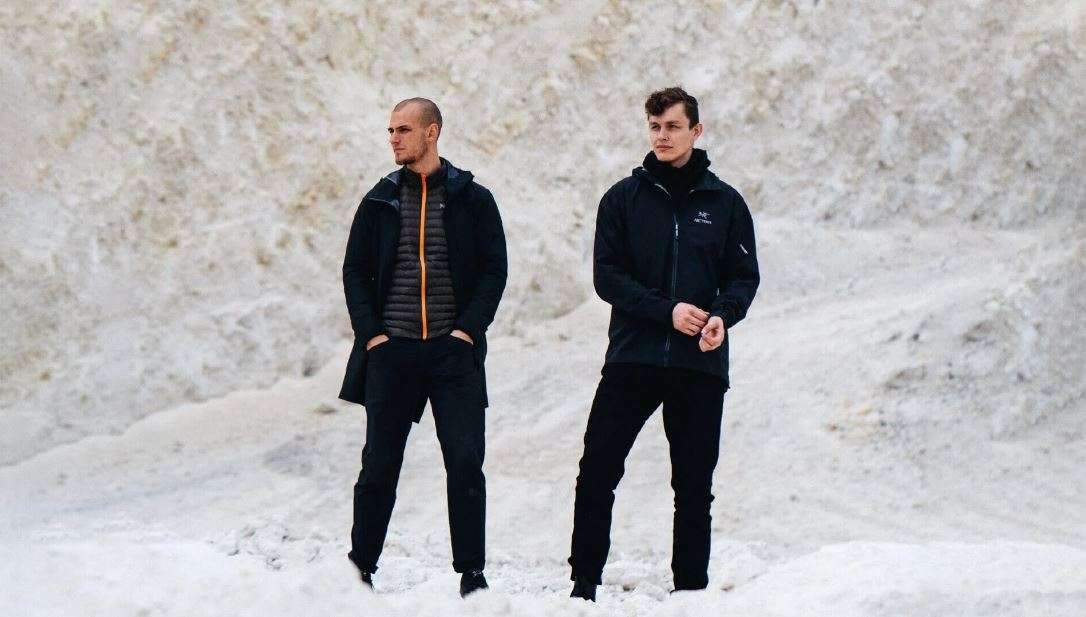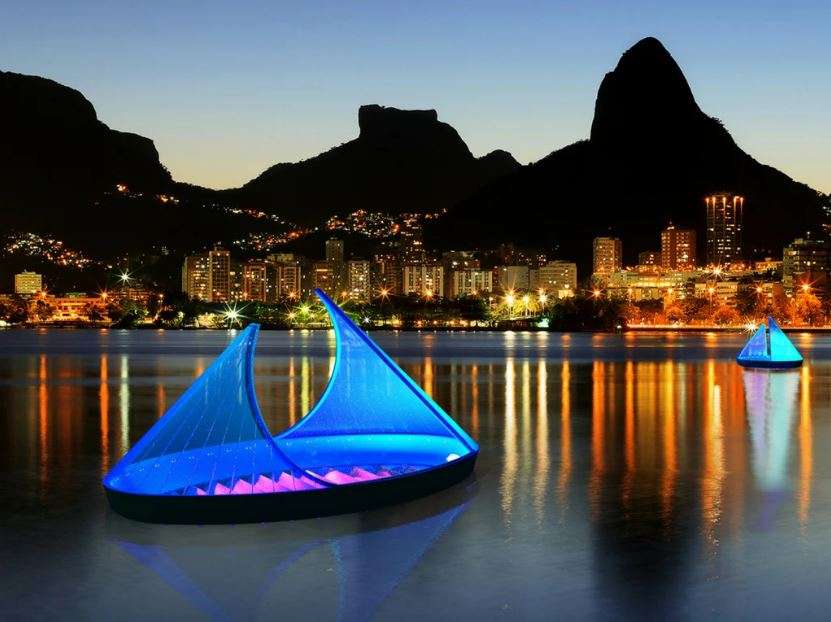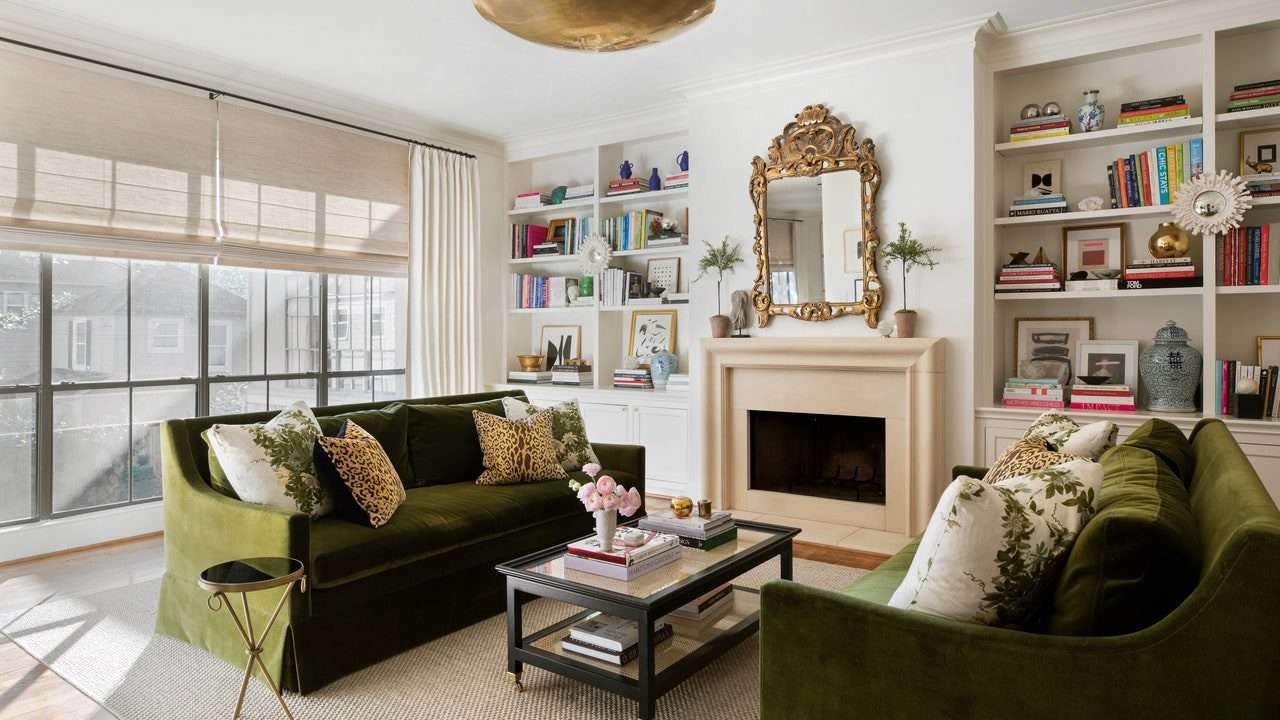Shaping the future of life in space with SAGA Space Architects
SAGA Space Architects imagines what possible habitats in space might look like, whereas the majority of architects and designers hunt for areas on Earth.
SAGA is a design firm founded by Karl-Johan Sorensen and Sebastian Aristotelis that focuses on making space livable for upcoming space travelers.
By applying a human-centered design approach to a highly technical subject, SAGA highlights sustainability and mental health as crucial components of the life support system in space.
SAGA’s approach addresses the most significant and pertinent design issues that arise while creating extraterrestrial life. These architects design imaginative and considerate structures that are perfectly suited for living on Earth or in space according to their “Terra-Tech” methodology, Tabula Rasa outlook, and philosophy.
With their analog habitat concepts, architectural experiments, space visualizations, and high-tech earth architecture, SAGA not only daily prepares for extraterrestrial settlement but also creates amazing, innovative, and real designs that bring us even closer to a reality we previously believed was still far off.
One can’t help but wonder whether tomorrow will be the day we leave Earth given the incredible technological advancements and habitats being built for life in space.
Who are Sebastian Aristotelis and Karl-Johan Sorensen? How did the development of space architecture start?
SAGA Space Architects: “By profession, we are both architects. We both attended the School of Architecture at the Danish Royal Academy of Fine Arts, but our interests in space and adventure have always been quite strong. Going into space is an exciting adventure, but it also presents an intriguing and crucial design challenge.
Until we met in the architecture academy and discovered our shared interest, it wasn’t evident how we could combine our aptitude as architects with our love of space.
Because Denmark lacks a space agency, most people here think it is absurd to design for space.
So we didn’t share it till we finally ran into each other and agreed to move on with this project. Since we had no idea where to begin, we just started doing research and holding meetings.
We soon began entering concepts into contests, and two of them—Marstopia and the NewSpace2060 International Moon Pitch Competition—were winners.
This strengthened our conviction that we can make a difference with our skills in design and encouraged us to continue learning more about the industry. Since then, SAGA Studio was founded, and we attended the International Space University (ISU).
Why SAGA Studio and its emphasis on creating living habitats for space travelers in the future?
SAGA Space Architects: “After we had our degrees from ISU, we had the idea to launch SAGA Studio. At the school, we made some helpful contacts in the global space sector and worked on a project to create a miniature DMARS concept habitat.
We have only noted the development of long-duration deep space flight. And someone needs to make sure that humans are kept physically and mentally healthy and happy if they are going to be thrown out into the harsh, dark, and unfriendly environment of space.
The machine is expertly operated by engineers. This also applies to the human machine.
“They have created techniques to ensure the supply of oxygen, warmth, radiation shielding, nutrition, water, etc.,” says SAGA Space Architects. This implies that humans will physically live.
However, the mind starts to degenerate when you are isolated from stimuli and everything natural for weeks or months at a time in space. Research on polar research stations, solitary confinement, and other solitary, enclosed conditions demonstrate that humans start to lose normal cognitive functioning and develop apathy and depression.
We think that by using design, architects and designers might lessen some of these negative effects. combining wildlife, stimulating settings, and artificial illumination that mimics the circadian rhythm of Earth into space habitats. In other words, for humans to survive and prosper is not enough.
Our objective is to create human dwellings in space. to settlements on Mars from Low Earth Orbit (LEO).

Letting go of assumptions is necessary to create places while ignoring any preconceived notions of what architecture is. Who are some of the architects and designers who have affected you? What other areas and sources besides architecture inspire you?
SAGA Space Architects: “When creating our habitats, we make every effort to let go of any preconceived notions about what architecture should be.
This means avoiding looking to earlier designers and endeavors for inspiration. Nature is our primary source of inspiration. A very important design lesson is to consider how natural life has evolved over 3.5 billion years to create attractive, elegant, and useful solutions.
We strive to emulate the ideologies that gave rise to those shapes rather than their precise forms as found in nature.
Your intestine’s microvilli look like a million tiny hairs to enhance the surface area of the wall and improve nutrition absorption. Similar to this, the reason our Dandelion shelter has hair is to maximize the absorption of electrons from the martian atmosphere rather than to make it seem like a dandelion.
A similar biomimetic strategy is evident in our LUNARK environment as well. The origami pattern resembles some blossoming leaf patterns. They struggle with the same issue as our ecosystem.
expanding from a small, tightly packed shape to a broad, curving surface. Thus, we arrive at our origami shell’s design.
Instead of creating forms, it is a process of form-finding.
SAGA Space Architects: “Given that, it goes without saying that we like some designers and draw inspiration from various professions.
Hugh Broughton and Richard Horden are two of the primary sources of inspiration. We also make an effort to include a variety of fields in our design process. Among others, are software developers, scientists, engineers, and psychologists.
Which of your current projects would you develop if you had an unlimited budget and resources to build an extraterrestrial dwelling habitat, and why? How would it be, alternatively, if it were a brand-new endeavor?
SAGA Space Architects: “I believe we should combine our ideas to create a martian colony that is entirely self-sufficient. One that functions like an organism in its natural environment and offers its residents a secure and thrilling haven.
It would be radiation-shielded by an ice sky, harvest electrostatic energy, and have deployable outposts like our LUNARK home.
Which core values will always define SAGA studio, given the emphasis on sustainability and mental health as components of life support in your designs?
SAGA Space Architects: “Terra tech, Tabula Rasa, and thrive, don’t just endure” are the studio’s mottos. Any future project we work on will adhere to these fundamental values. whether it’s on Earth or in space.
Could you tell us more about the “Terra-Tech” approach SAGA studio takes to architecture, the main trends & future directions, and what you think of them? This approach suits ideally space or the Earth.
SAGA Space Architects: “We’re attempting to define Terra-Tech on our own.
For us, it refers to utilizing technology naturally.
Clay-based 3D printing, the use of evolutionary design algorithms. And the use of algae rather than machinery as our life support system. The space industry is becoming more accessible for civilian, commercial, and private purposes.
All of humankind is welcome in space. It’s starting to come true now. Although this is very exciting, we must also exercise caution to protect the security and welfare of the people who will live in these harsh conditions.
Maintaining a free, open, and cooperative military in space is another important consideration.
What is SAGA Studio anticipating?
SAGA Space Architects: “We’re eagerly anticipating the LUNARK mission’s September launch. Sebastian and I will spend three full months in a prototype habitat on a fictitious lunar expedition. Meaning it’s something we are currently creating.
Our entire attention is currently on this mission. We are also anticipating the opportunities that may arise from our endeavor.

Read more on Archup:
Call For Ideas: Extreme Habitat 2022 Architecture Competition
Essay Writing Contest: ‘Orating History’ – Saga of your Choice. Pen it down!







